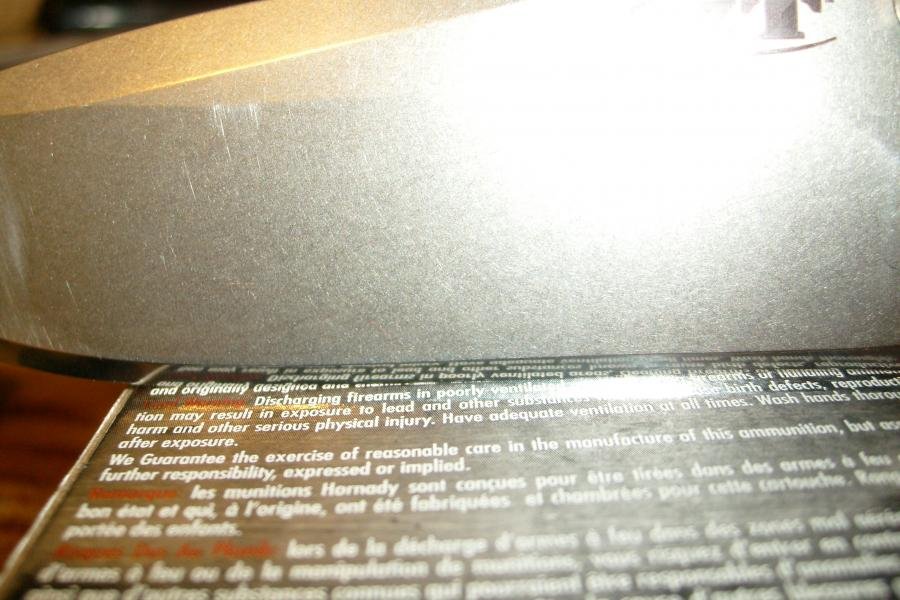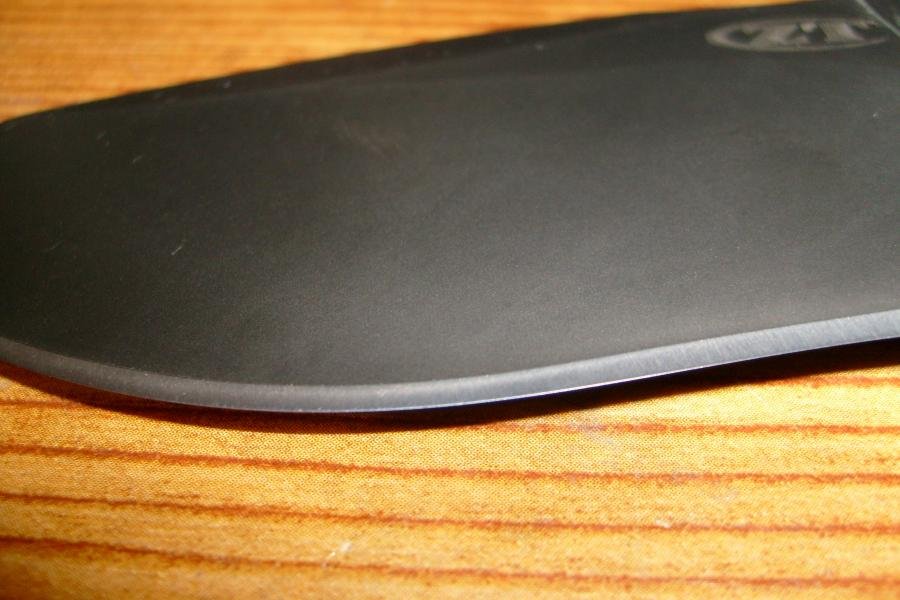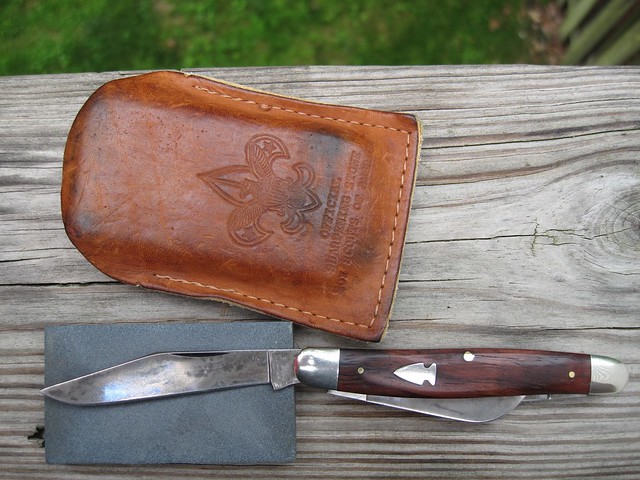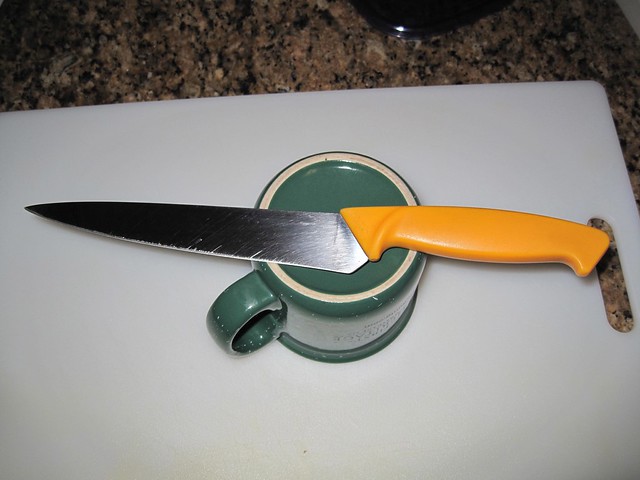I use the WickedEdge sharpening system. Caveat: It is a little spendy. But you get a BETTER than factory edge, especially when you go all the way to 1000 grit stones. The end result is truly a mirror finished razor edge.
If you would like to try mine out fire me a PM. Im in HoCo.
www.wickededgeusa.com
I have used the Spyderco Sharpmaker and Lansky systems in the past. Wicked Edge beats the hell out of them.
I couldn't stop at 1000 grit. I'm down to 3.5 micron and I'm considering the 1/0.5 micron strops or some of the diamond spray







